JM: When you’re talking about choices you made artistically for the film I feel like the theme of “making choices” was also a huge theme in the film too. I am a mom to a kid the same age as Frances, so that dialogue about “making good choices” is familiar, and something I talk about with my son often. What did you want to say about making choices?
KO: I wanted to say, “Go easy on yourself.” It feels like there is so much pressure to make “the right choices” at “the right time” of your life, especially if you’re a woman. And so I wanted to say, “There is no absolute right choice.” Unless you feel strongly about it, there is no “right way” that your life has to go. Bridget feels a lot of shame for not making the “best” choices of her life, and Frances says, “You’re okay, you’re a good person.” And try to take some of that incredible pressure that women feel off of ourselves. To be right or do it right or be the best version of ourselves.
JM: The film is called Saint Frances and there’s definitely a lot of references to Catholicism. What is it about Frances, this little girl that made her such a saint or a gift to Bridget?
KO: Frances is non-judgmental love. Bridget doesn’t have a relationship to religion, but she does have a relationship to people. The relationship with this child is what religion gives to many other people: a place of comfort and a judgement free zone.
JM: Why was this summer so good for Bridget? What did she find in this summer that she wasn’t able to find in the rest of her life?
KO: I think a sense of self-acceptance and self-love. Seeing herself through the eyes of this kid, she realizes that she’s okay, that she’s good enough, and that she’s leading a good enough life in the ways that matter. She’s kind in moments that matter, and she’s brave in moments that matter. Before this summer I don’t think Bridget would have thought of herself in those ways. She gets to, in a lot of ways, relearn who she is and walk with a little more self-acceptance.
JM: I noticed there were lots of signs you used in the film. You had the Black Lives Matter sign on the front lawn, there was a Hell Is Real billboard, the Unborn Lives Matter magnet on the fridge. Can you talk a little about the decision to include those?
KO: I learn a lot about people through the things that they may not say out loud, but the things that they post as a way of identifying themselves. It was really important to me that we know immediately that Mya and Annie are progressive. They are open and loving and non-judgemental, but on the other hand, Maya has all of this self-judgement for [her] Postpartum Depression. You may say one thing on the outside and then be harder on yourself internally. The billboard is based on a real sign that I pass [when] driving home to Arkansas.
JM: I see them up here in Canada too. They are incredibly disturbing.
KO: The pro-life signs are always reminding me of some kind of punishment, and that half of the world thinks I should be punished for certain choices that I make. And the Unborn Lives matter sign is based on when I was a nanny. I nannied for a wonderful couple, but then one day I took care of one of their neighbors’ kids and in the neighbours’ home there was all of this really right wing and judgemental stuff. Their bookcase was full of Ann Coulter’s books, and all of a sudden I was like, “Oh. These people, if they knew me, they would have a problem with who I am.” And yet I was in their house, working for them.
JM: Since you had your abortion, do you see the signs differently?
KO: For sure. I take them way more personally now. They always made me angry and it was always very theoretical and intellectual, but now I take it incredibly personally. And they are EVERYWHERE. There’s one not far from our apartment. But there’s someone who’s thrown a paintball on it and I always feel good about that.
JM: Are you in Arkansas?
KO: Chicago. In a very liberal neighborhood.
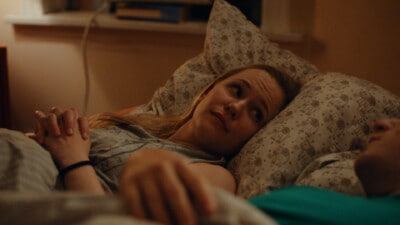
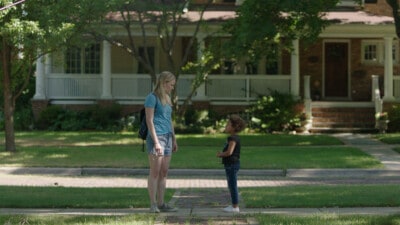
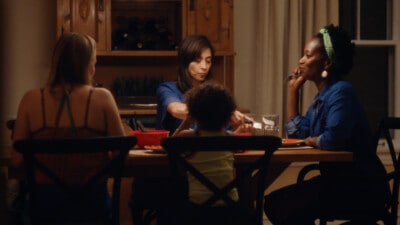
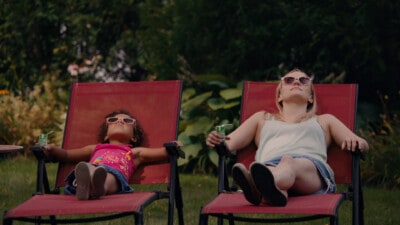


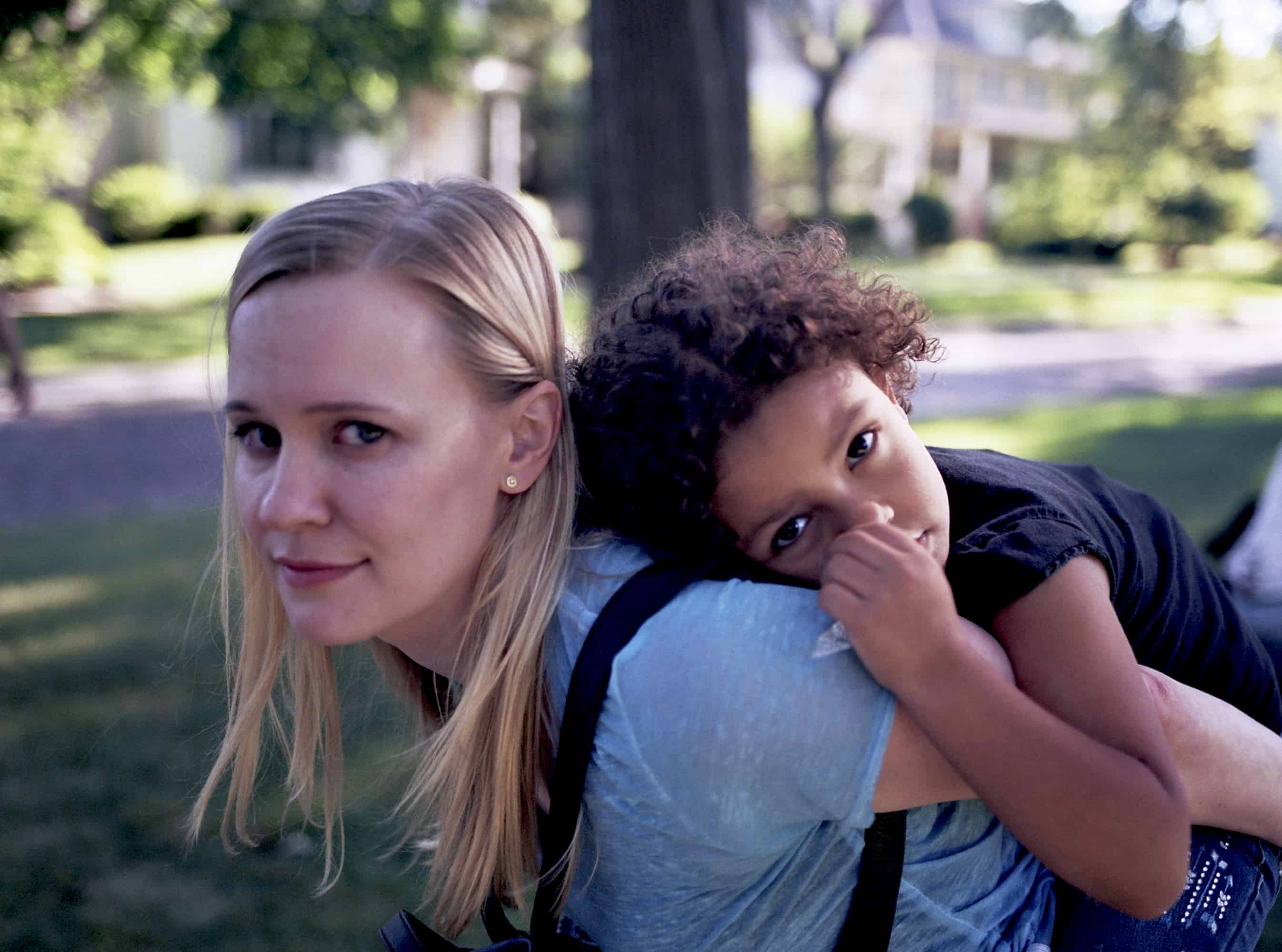
 Follow Us On Instagram
Follow Us On Instagram
